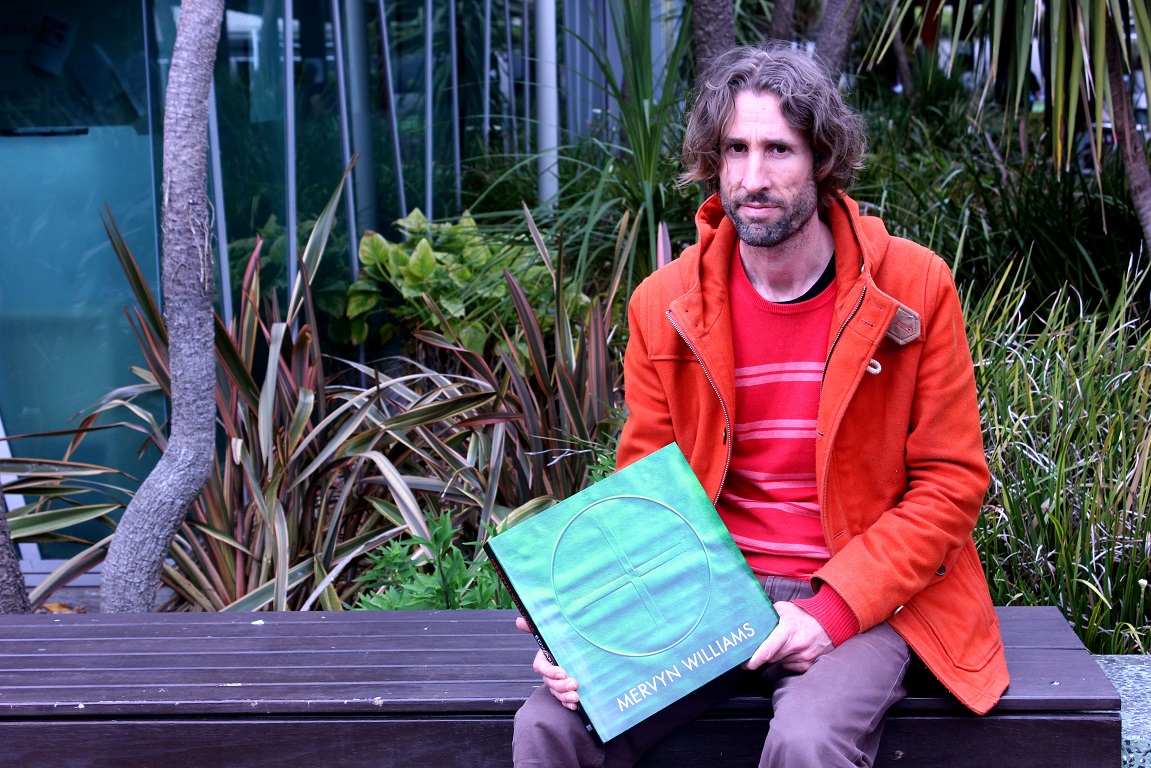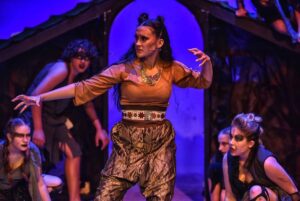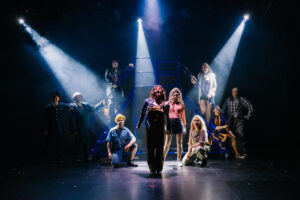Wintec tutor leading in New Zealand art history
Recognised art historian and critic Doctor Edward Hanfling has furthered his career in New Zealand abstract art by contributing to a book on well-known artist Mervyn Williams.
Beginning twelve years ago when he was first introduced to the work of Williams through a colleague, Mervyn Williams: from Modernism to the Digital Age introduces an audience to the career of Williams through 250 colour plates.

“Up until that point I had no idea of what he had done, I didn’t know the full range of his work,†says Hanfling.
The book took three years to create from the first drafts to the final copy, and is described by publisher Ron Sang as a “visual spectacleâ€.
A student of art and music at the University of Auckland, Hanfling enjoyed the process of making art but felt that his strengths lay in the writing aspect.
He has since written many reviews and essays including four on Mervyn Williams that are featured in the book.
Hanfling says he was initially drawn to abstract art because he thought it to be “simple†and “easyâ€.
“It was kind of a challenge to myself when I went to university and studied art history, that I decided to look at [abstract art] more seriously and think ‘what is this all about?’
“I sort of challenged myself to find a way of responding to it and dealing with it.â€
Although he specialises in writing about abstraction, the modernist movement and how they relate to New Zealand art, he has a “working knowledge†of contemporary art through his work as an art critic and reviewer.
Hanfling describes his writing as a way for people to look at abstract art, which is usually open to interpretation.
“What I like about art is that it’s very open, so it doesn’t specify particular meanings or messages.
“It allows you to project your own thoughts and feelings about it.â€
Hanfling has previously taught at The Quay School of the Arts in Wellington and the University of Auckland’s art department, where he obtained a PhD in Art History.
He now teaches contextual papers and art theory at the Waikato Institute of Technology, covering visual culture and the impact of culture on audiences.




